Some of the excited engineers and staff on landing day.
Click on image for full size
Jet Propulsion Laboratory, Pasadena, CA
Headlines declare: Mars Pathfinder Lands on July 4th
The Mars Pathfinder was launched in December 1996 aboard a Delta II rocket. The spacecraft entered the Martian atmosphere on July 4th, 1997 with a Viking-derived heat shield and landed with the help of parachutes, rocket thrusters, and airbags.
After impact the lander deployed its three solar panels for power. Later on the camera will map its surroundings, and the Sojourner rover will be positioned for deployment to the surface.
Eons ago it is thought that water flowed on the plains of Mars. The rocky plain that Mars Pathfinder is landing on is thought to be a previous flood plain. Its name is Ares Vallis. The Sojourner rover will use alpha proton x-ray spectrometry on rocks to take elemental composition measurements. The Ares Vallis landing site was chosen for the variety of rock and soil samples it may present.
Mars Pathfinder will finish its surface mission in August 1997.
Mars Pathfinder is a NASA Discovery Mission. The Pathfinder program was developed in three years and costs under $280 million dollars. It is actually the first of NASA's Discovery Program low-cost series of planetary missions. The motto of the program has become "faster, better, and cheaper"!
You might also be interested in:
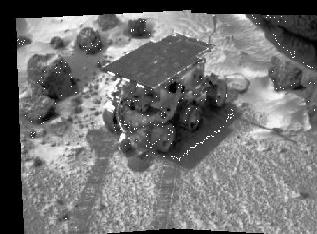
One of the measurement objectives of the Mars Pathfinder mission was the examination of the composition and structure of the soil. As the Rover traversed the surface exploring the rocks of Mars, it also
...more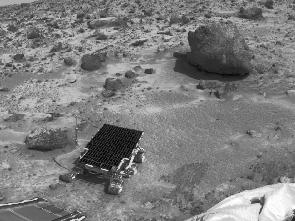
Born as a result of the failure of Mars Observer (MO), the Mars Surveyor Program was designed to explore Mars with all the original measurements planned for MO, and a lot more. It varied from the MO mission
...more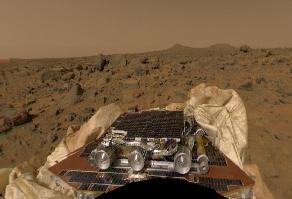
The Mars Pathfinder (MPF) mission was sent to investigate the geology of Mars. Its principal objective was to analyze the rocks and soil of Mars. The MPF consisted of 2 components, a lander and a mobile
...more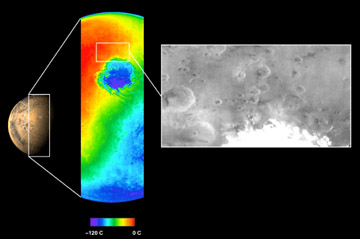
The Mars Odyssey was launched April 7, 2001, from Cape Canaveral Air Force Station in Florida. After a six-month, 285 million-mile journey, the Odyssey arrived at Mars on October 24, 2001 (02:30 Universal
...more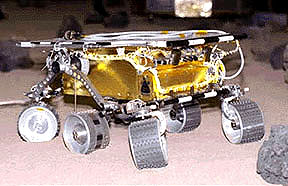
The Mars 2005 mission is still in the planning stages. It is set to launch in the year 2005.
...more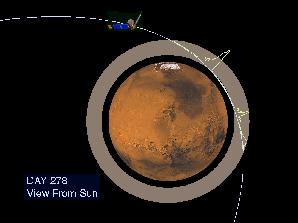
On September 12, 1997, the Mars Global Surveyor successfully entered a highly elliptical orbit around Mars. To get into the near-circular, near-polar, low-altitude orbit necessary to map the surface of
...more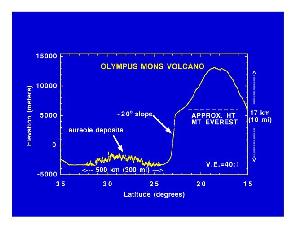
Mars Global Surveyor carries an instrument which measures the altitudes of things. The instrument is called an altimeter, or "altitude-meter". The graph to the left shows the results returned from Mars
...more















